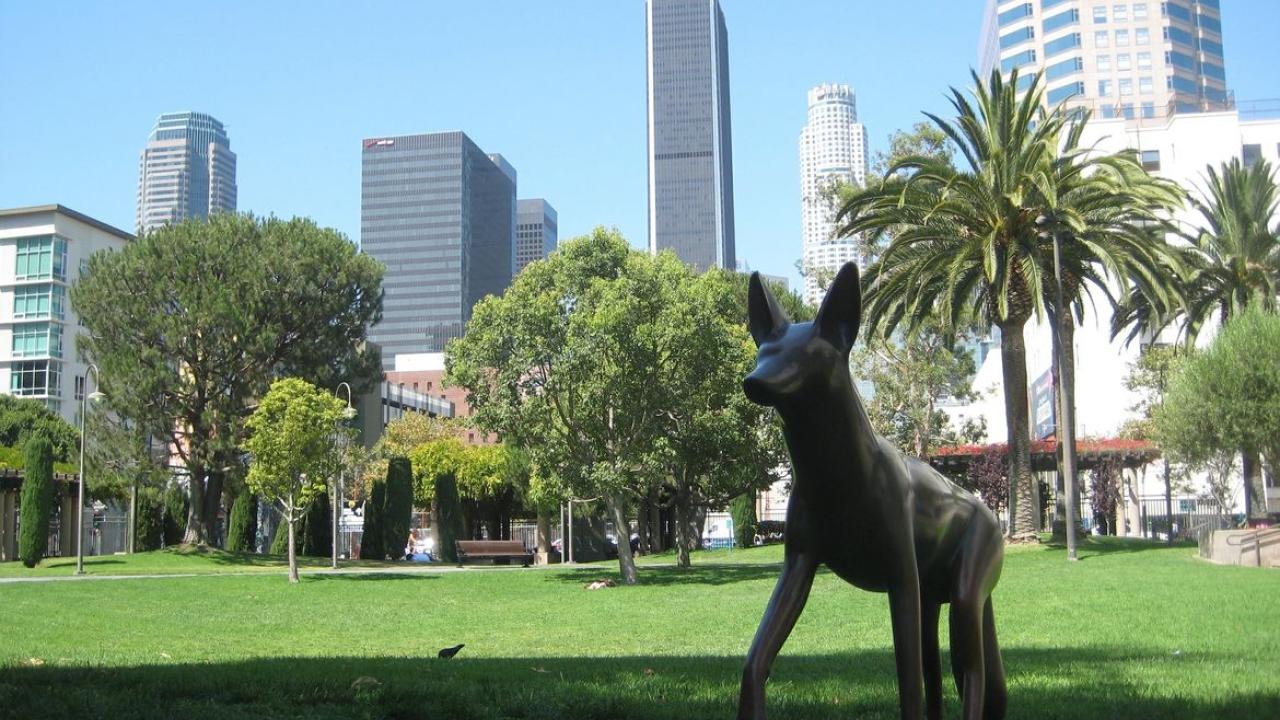According to a new study by UCLA public health researchers and colleagues, improving tree coverage and access to parks and green spaces in Los Angeles County, particularly in lower-income communities of color, could significantly boost life expectancy for local residents. It’s the first study in the U.S to combine life expectancy data at the census tract level with data on parks, trees and overall neighborhood vegetation.
“If policies are implemented where they are needed most, there could be a significant decrease in life expectancy disparities across Los Angeles,” said Michael Jerrett, professor of environmental health sciences at the UCLA Fielding School of Public Health and corresponding author of the study.
Findings from the study are already being used in related research funded by the California Air Resources Board to estimate the health benefits of increasing green space and tree canopy in California. Following more than 50 years of increases in life expectancy, the U.S. has seen declines in the past 10 years, likely due to the effects of the opioid epidemic and the COVID-19 pandemic.
“It’s critical to understand modifiable environmental factors, such as access to green spaces, that can increase life expectancy,” added lead author Rachel Connolly, a UCLA doctoral candidate.
The study, the researchers said, could help guide proposals by the County Board of Supervisors and local city councils concerning Measure A funding allocations. Approved by county voters in 2016, the parcel tax measure provides millions of dollars annually, in perpetuity, toward the creation and improvement of parks. A third of those funds are set aside to improve park equity.
Read more at UCLA Newsroom.
Image Source: Ricardo Diaz/Flickr





